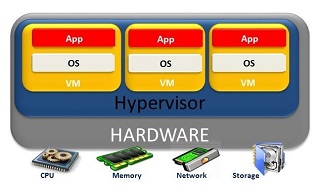-Services Broker. The software responsible for managing connections, virtual desktop pools, virtual desktop lifecycles and virtual desktop behavior. It also allows for the assignment of additional resources to the platform, such as storage, FTP services, accesses or security. In general, it is supplied as a virtual appliance hosted on the hypervisor, with some external component for administering and occasionally with a software for the client device.
-Client Device Operating System. The OS used by client devices on which the connection request to the assigned virtual desktop will be made. It must be compatible with the installed platform and it is recommended that it is easy to change for a platform adjustment or performance improvement.
If you are looking for an innovative and flexible solution, one that will also permit cost optimization and allow for updated technologies for this type of environments, have a look at this white paper.







0 Comments